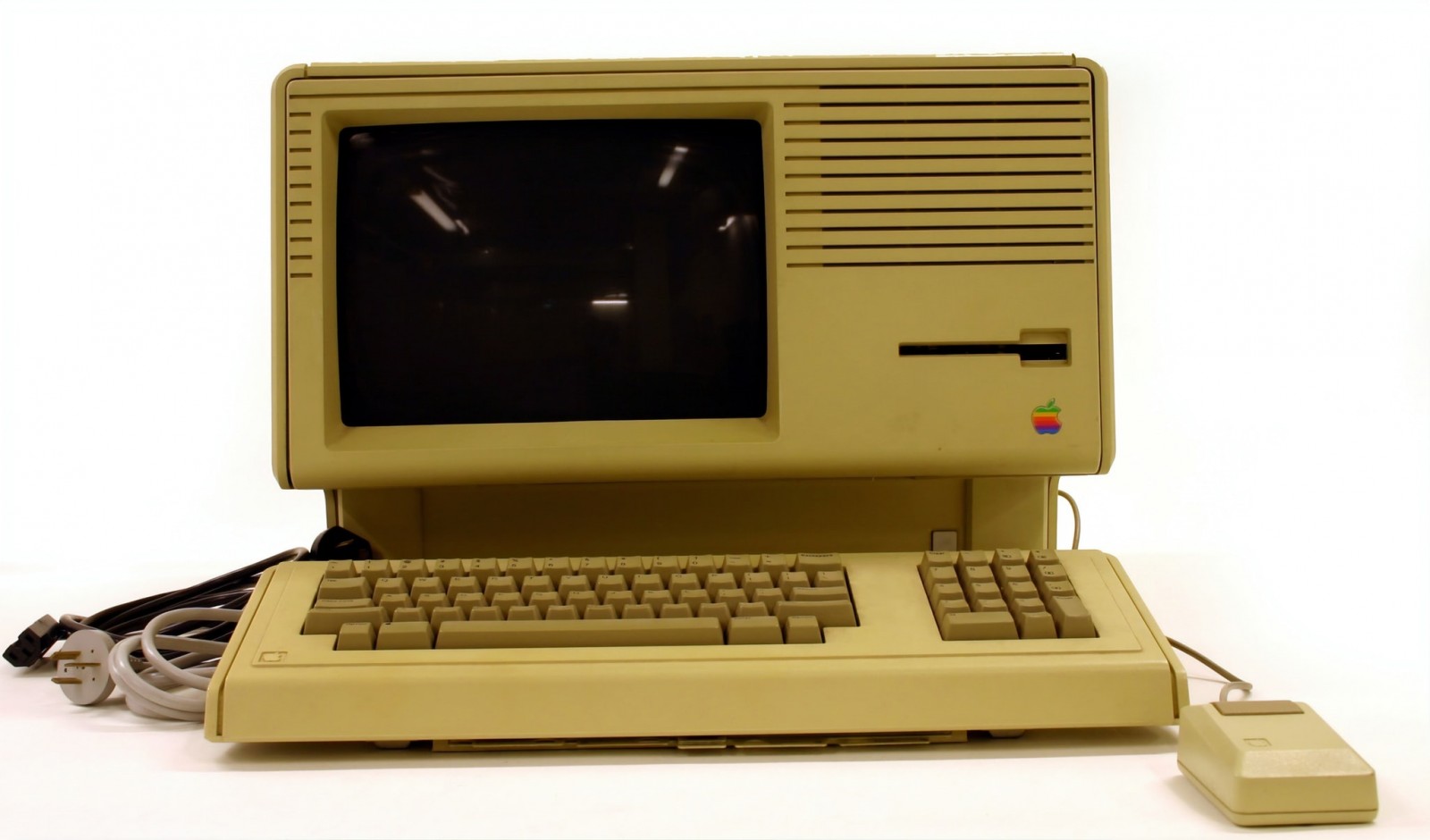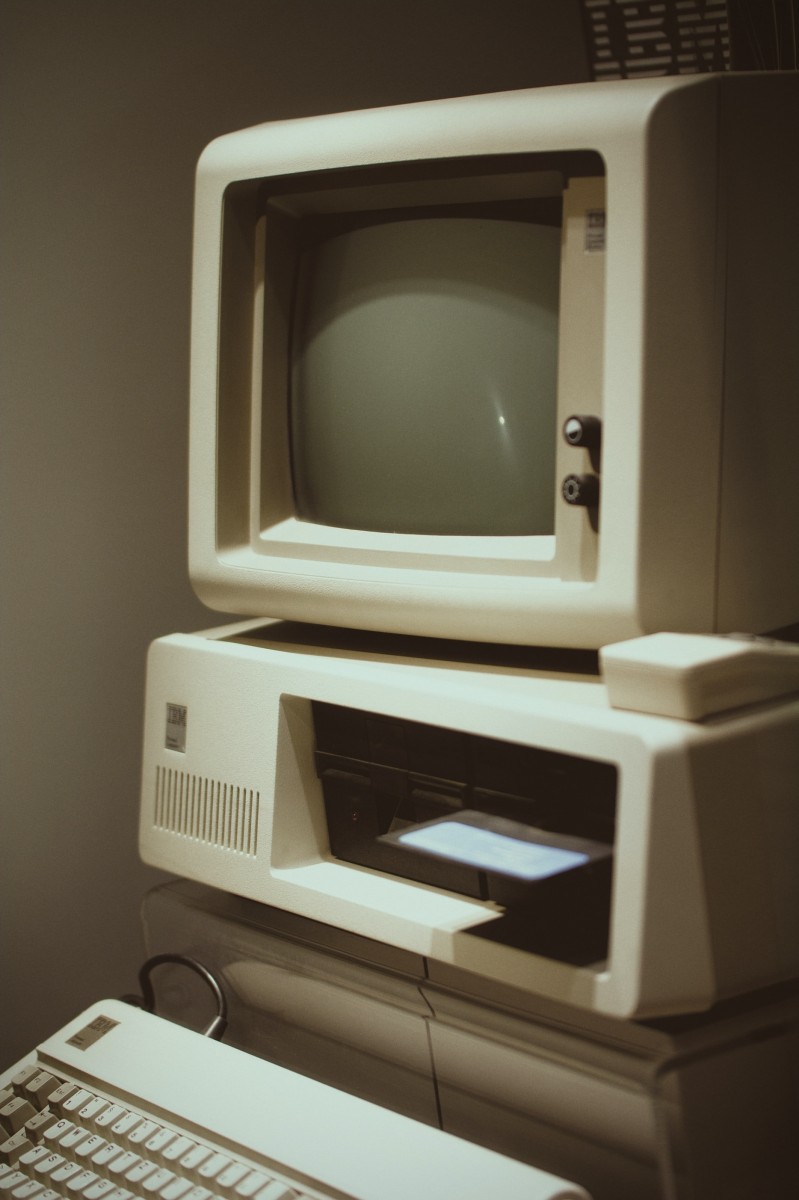The concept of web design emerged in the early 1990s, primarily thanks to layout techniques and the ability to display information in different ways on a page. Not that long ago, right? Since then, methods and tools have evolved rapidly to keep up with market demands and the latest technologies. Today, let’s look at the most significant milestones in the history of layout development.
Table-Based Layout
The earliest websites were very basic and mostly text-based. But even plain text needed structure and order on the page.
In the 1990s, only one type of layout was used—table-based. Essentially, a website’s structure was a large table filled with data. This approach lasted quite a while and remained popular even into the early 2000s.
Developers of that era worked with the capabilities of the Netscape browser, introducing the first non-standard HTML tags. By the way, more about HTML tags and how beginners misuse them can be found in the article “Mistakes of Beginner Web Developers”.

In the mid-90s, Internet Explorer appeared with its own quirks, which made it difficult to use the usual techniques. Developers faced challenges, especially as demands for design and functionality increased.
Around this time, W3C introduced the idea of HTML semantics—adding unique tags to give content specific meaning. This helped search engine bots read content correctly and laid the foundation for modern browser search systems.

Soon after, CSS (Cascading Style Sheets) standards emerged. CSS is a system of rules that describe how HTML or XML elements are displayed. Standardization made developers’ lives much easier.
Table layouts were practical, especially when there were no alternatives. But as technology advanced, this method no longer suited mobile devices, which began taking over the world in the 2010s.
Over time, more advanced CSS specifications allowed developers to style individual site blocks using separate files and later cache them for faster loading. This made it easier to manage structure and styling. Layout evolved from tables to blocks.

Block-Based Layout and Frameworks
Block-based layout is named for its structure—websites are built from separate blocks. These blocks are arranged in a specific order, but with CSS, you can change the order, appearance, and styling as needed.
CSS standards are very flexible and allow multiple ways to achieve the same result. This is when the idea of “clean code” was born—it became possible to solve problems elegantly or in a clunky, unreadable way.

A major breakthrough in layout development came with the release of Bootstrap by Twitter in 2011. Initially an internal tool to simplify workflows, it soon became a universal toolkit for responsive block-based layout and was released publicly.
The concept quickly gained traction across the web development community. Twitter continued to improve the framework and release updates. The approach became the first in its niche—this type of technology was called a “framework.” Today, there are many such tools: Semantic UI, Foundation, Pure by Yahoo!, Uikit, Symfony, Laravel, Django, React, Vue. Frameworks let you create responsive websites quickly and easily, which is essential today—without responsive design, a site is practically useless.

Flexbox Layout
Despite its advantages, block-based layout isn't perfect. Achieving ideal alignment and cross-browser compatibility often requires extra effort. Thankfully, layout development progressed, and the Flexbox specification was introduced.
It’s important to note that Flexbox is not a full-scale framework, but rather a method for structuring specific parts of a website. Today, Flexbox is one of the most convenient layout solutions. Introduced in 2008, it wasn’t fully supported by all browsers until 2014.
Essentially, Flexbox combines the best features of table and block layout. Its main strength is the ease of creating fluid grids and responsive designs. It’s a very flexible system that makes it simple to rearrange content, add or move blocks. We covered Flexbox in more detail in our article “Flexbox Layout – Simple and Clear”.

Flexbox was a real breakthrough in layout, although it still isn’t the dominant method. Alongside it, CSS Grid Layout has become another popular and in-demand approach. Both technologies are based on Box Alignment specifications but serve different purposes.
For a practical look at layout techniques, check out the online workshop “How to Code a Website and Upload It to Hosting: Real Practice”.

Conclusion
Over the past thirty years, so many breakthroughs and changes have occurred that it’s hard to keep up. Web design and layout are evolving so fast today that predicting the future of the field is nearly impossible.
A good developer needs more than just hands-on skills—they must stay on top of trends and news. You won’t learn this in university—by the time a curriculum is approved, it’s already outdated. That’s why we recommend following our online premieres and articles, and studying with modern programs from WAYUP. For beginners, we even offer a completely free course — “Web Developer: Getting Started”.
Learn how to create responsive layouts for basic and intermediate-level projects, explore Java programming fundamentals, and gain valuable practical experience! Register now.

